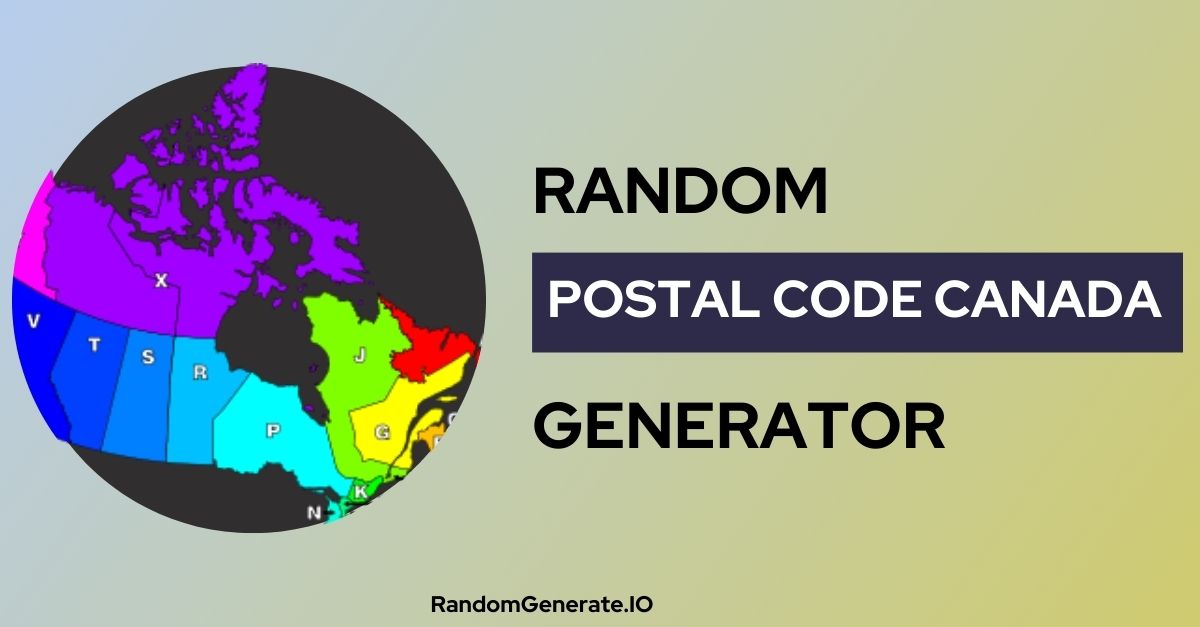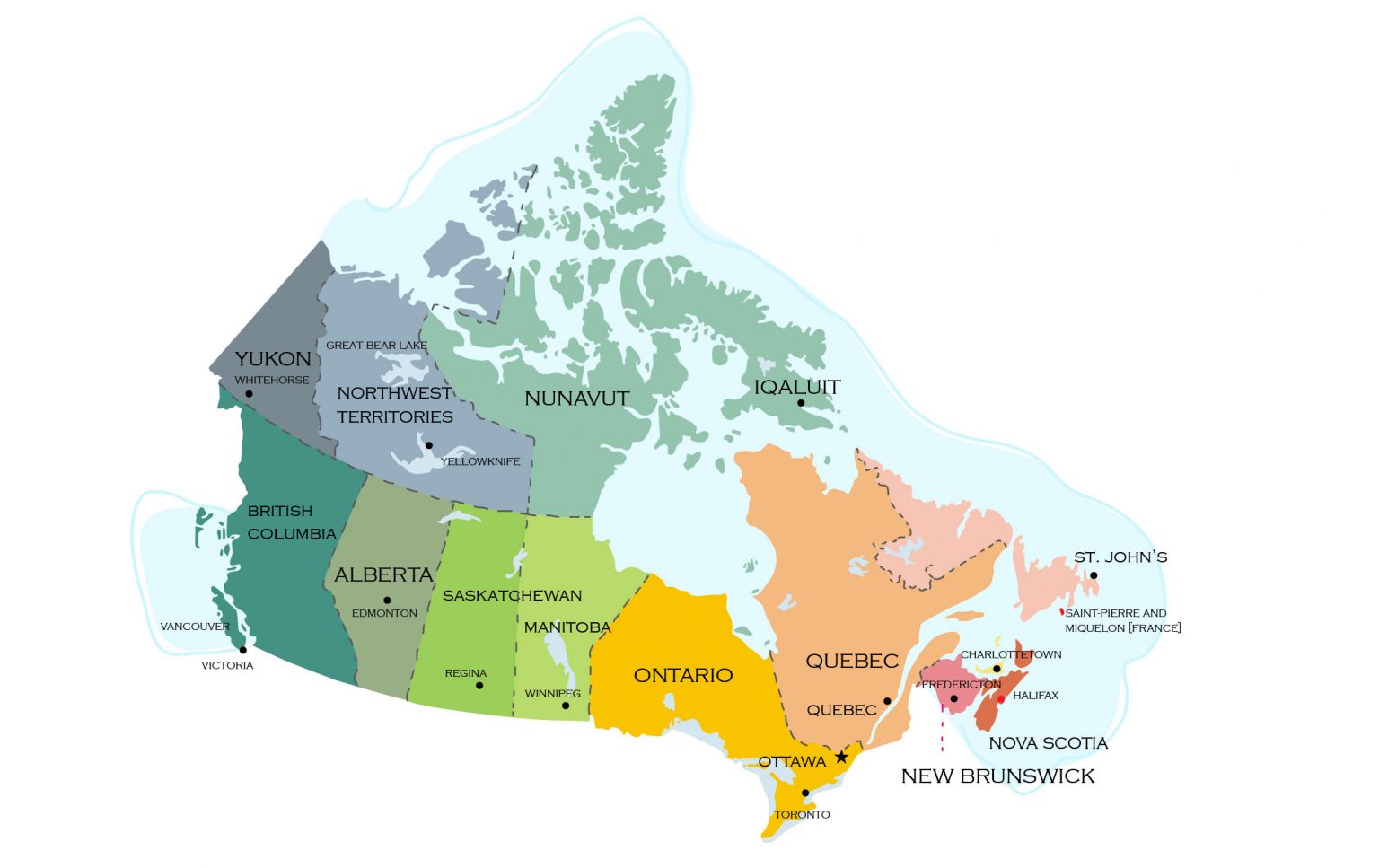What Is A Postal Code In Canada? A Simple Guide To Decoding Canada's Mailing System
Canada’s postal code system might seem like a bunch of random letters and numbers, but trust me, there’s a method to the madness. Whether you’re planning to send a package, order online, or just trying to understand how the system works, knowing what a postal code in Canada is will save you a lot of headaches. So, buckle up, and let’s dive into the world of Canadian postal codes, one letter and number at a time.
Now, you might be wondering why postal codes matter so much in Canada. Well, it’s simple. Canada is a massive country, and with all that space, organizing mail delivery can get pretty tricky. That’s where postal codes come in. They help sort and deliver mail more efficiently, ensuring your letters and packages reach their destination without any hiccups.
But here’s the thing: Canadian postal codes aren’t just a bunch of random characters. Each letter and number has a specific meaning, and understanding them can make your life a whole lot easier. So, let’s break it down and see how these little codes work their magic.
Read also:Lottie Bedlow Partner A Comprehensive Exploration Into Their Relationship And Journey
Understanding the Basics: What Exactly is a Postal Code in Canada?
Let’s start with the basics. A postal code in Canada is a combination of six characters, alternating between letters and numbers, like this: A1B 2C3. These codes are used by Canada Post to sort and deliver mail across the country. Think of them as a GPS for your mail—they guide it to the right place, whether it’s a small town in Saskatchewan or a bustling city like Toronto.
But why does Canada use this specific format? Well, it all comes down to efficiency. The system was introduced in 1971 to handle the growing volume of mail as the population expanded. By using a combination of letters and numbers, Canada Post can pinpoint locations more accurately and streamline the delivery process.
Breaking Down the Structure of a Canadian Postal Code
Now that we know what a postal code looks like, let’s break it down further. The first three characters (A1B) are called the "forward sortation area" (FSA). This part tells Canada Post which region or city the mail is going to. For example, "M" is used for Toronto, while "V" is used for Vancouver.
The last three characters (2C3) are known as the "local delivery unit" (LDU). This part narrows down the location even further, often specifying a specific street or even a building. It’s like zooming in on a map until you find the exact spot you’re looking for.
Why Are Canadian Postal Codes Important?
Postal codes in Canada aren’t just for sending letters and packages. They play a crucial role in various aspects of daily life. For instance, businesses use postal codes to determine shipping costs and delivery times. Governments use them for census data and planning public services. Even online retailers rely on postal codes to ensure accurate delivery addresses.
And let’s not forget about emergencies. In situations where time is critical, having an accurate postal code can make all the difference. Emergency services use them to locate addresses quickly, ensuring help arrives as soon as possible.
Read also:Michael Sean Mccary The Untold Story Of An Influential Music Icon
Postal Codes and Online Shopping
With the rise of e-commerce, postal codes have become even more important. When you shop online, retailers use your postal code to calculate shipping costs and estimate delivery times. This ensures you get your purchases on time and at the right price.
- Accurate postal codes help retailers determine shipping zones.
- They ensure faster and more reliable delivery.
- Incorrect postal codes can lead to delays or even lost packages.
How to Find Your Postal Code in Canada
So, how do you find your postal code if you’re not sure what it is? There are a few easy ways to do this. First, you can check your mail or any official documents you’ve received recently. They usually include your postal code in the address. If you can’t find it there, don’t worry. You can also use online tools to look it up.
Canada Post offers a postal code lookup tool on their website. Just enter your address, and it will provide you with the correct postal code. There are also third-party websites and apps that offer similar services, but make sure they’re reliable and up-to-date.
Tips for Finding Your Postal Code Quickly
- Use the Canada Post postal code lookup tool.
- Check official documents like utility bills or bank statements.
- Ask your neighbors if you’re unsure about your area’s postal code.
The History of Postal Codes in Canada
Postal codes in Canada have come a long way since they were first introduced in 1971. Back then, the system was designed to handle the increasing volume of mail as the population grew. Over the years, it has evolved to meet the demands of modern communication and commerce.
One of the biggest changes came in the 1980s when Canada Post introduced the use of barcodes on mail. This allowed for faster and more accurate sorting, reducing the chances of errors and delays. Today, the system continues to evolve, incorporating new technologies to improve efficiency and reliability.
Evolution of the Postal Code System
From its humble beginnings as a simple sorting tool, the postal code system in Canada has grown into a sophisticated network that supports everything from mail delivery to online shopping. The introduction of digital tools and automation has made the process faster and more accurate than ever before.
But even with all these advancements, the core purpose of postal codes remains the same: to ensure that mail and packages reach their intended destinations quickly and efficiently.
Common Mistakes People Make with Canadian Postal Codes
Even though postal codes are pretty straightforward, people still make mistakes from time to time. One of the most common errors is mixing up the format. Remember, Canadian postal codes alternate between letters and numbers, like this: A1B 2C3. If you write it as A1B2C3 or A1-B2-C3, it might cause delays or even lead to your mail being returned.
Another common mistake is using outdated postal codes. Cities and towns can grow and change, and sometimes postal codes get updated to reflect these changes. That’s why it’s always a good idea to double-check your postal code before sending anything important.
How to Avoid Postal Code Mistakes
- Always use the correct format: A1B 2C3.
- Double-check your postal code before sending mail or packages.
- Stay updated on any changes to postal codes in your area.
FAQs About Canadian Postal Codes
Got questions about Canadian postal codes? You’re not alone. Here are some of the most frequently asked questions and their answers:
1. Can I Use a Postal Code Without a Space?
Technically, yes, but it’s not recommended. Canada Post prefers the format with a space (A1B 2C3) for easier processing. Using the wrong format might cause delays, so it’s best to stick to the standard.
2. What Happens If I Use the Wrong Postal Code?
If you use the wrong postal code, your mail might be delayed or even returned to the sender. That’s why it’s important to always double-check your postal code before sending anything important.
3. Are Postal Codes the Same as ZIP Codes?
No, they’re not. While both postal codes and ZIP codes serve the same purpose, they have different formats and are used in different countries. Canadian postal codes use a combination of letters and numbers, while U.S. ZIP codes use only numbers.
Conclusion: Embrace the Power of Postal Codes in Canada
In conclusion, understanding what a postal code in Canada is and how it works can make your life a whole lot easier. From sending mail to shopping online, postal codes play a crucial role in our daily lives. So, take a moment to familiarize yourself with the system, and don’t be afraid to ask for help if you’re unsure about anything.
And remember, if you ever find yourself scratching your head over a postal code, just head over to the Canada Post website or use one of the many online tools available. With a little bit of knowledge and some handy resources, you’ll be a postal code pro in no time.
So, what are you waiting for? Start exploring the world of Canadian postal codes today and see how they can make your life easier. And if you found this article helpful, don’t forget to share it with your friends and family. Together, let’s demystify the magic of postal codes!
Table of Contents
- Understanding the Basics: What Exactly is a Postal Code in Canada?
- Breaking Down the Structure of a Canadian Postal Code
- Why Are Canadian Postal Codes Important?
- Postal Codes and Online Shopping
- How to Find Your Postal Code in Canada
- Tips for Finding Your Postal Code Quickly
- The History of Postal Codes in Canada
- Evolution of the Postal Code System
- Common Mistakes People Make with Canadian Postal Codes
- How to Avoid Postal Code Mistakes
- FAQs About Canadian Postal Codes


